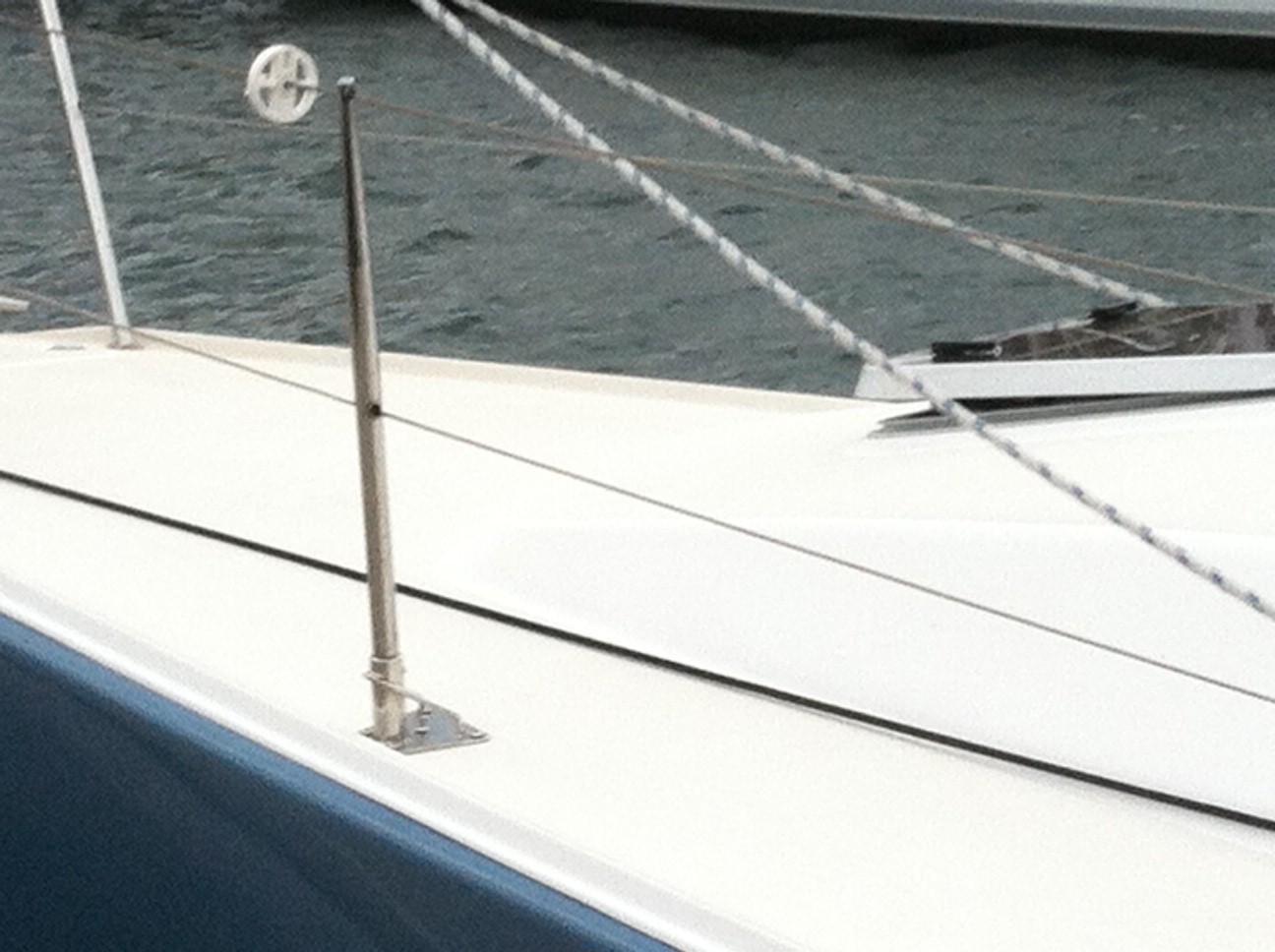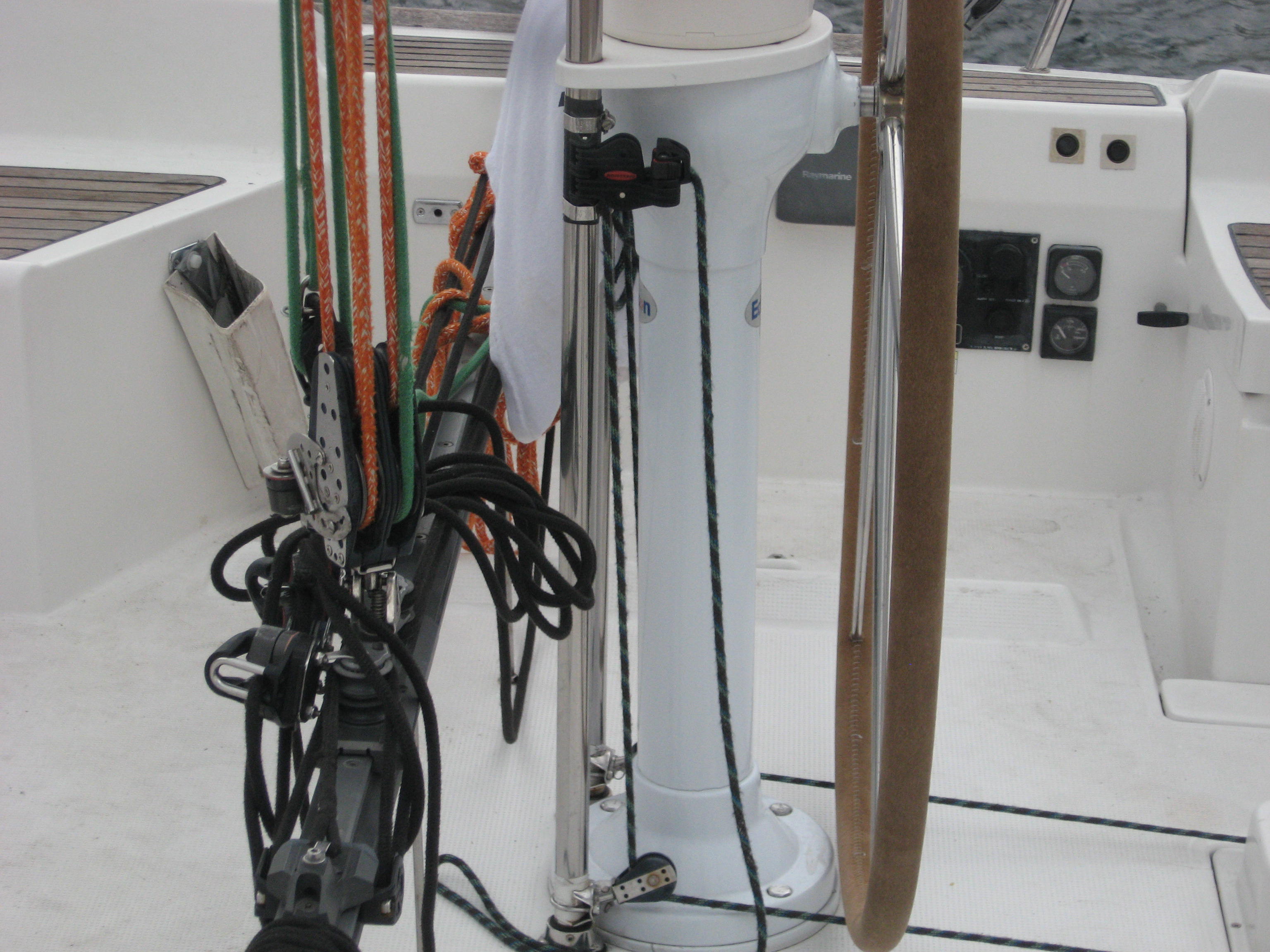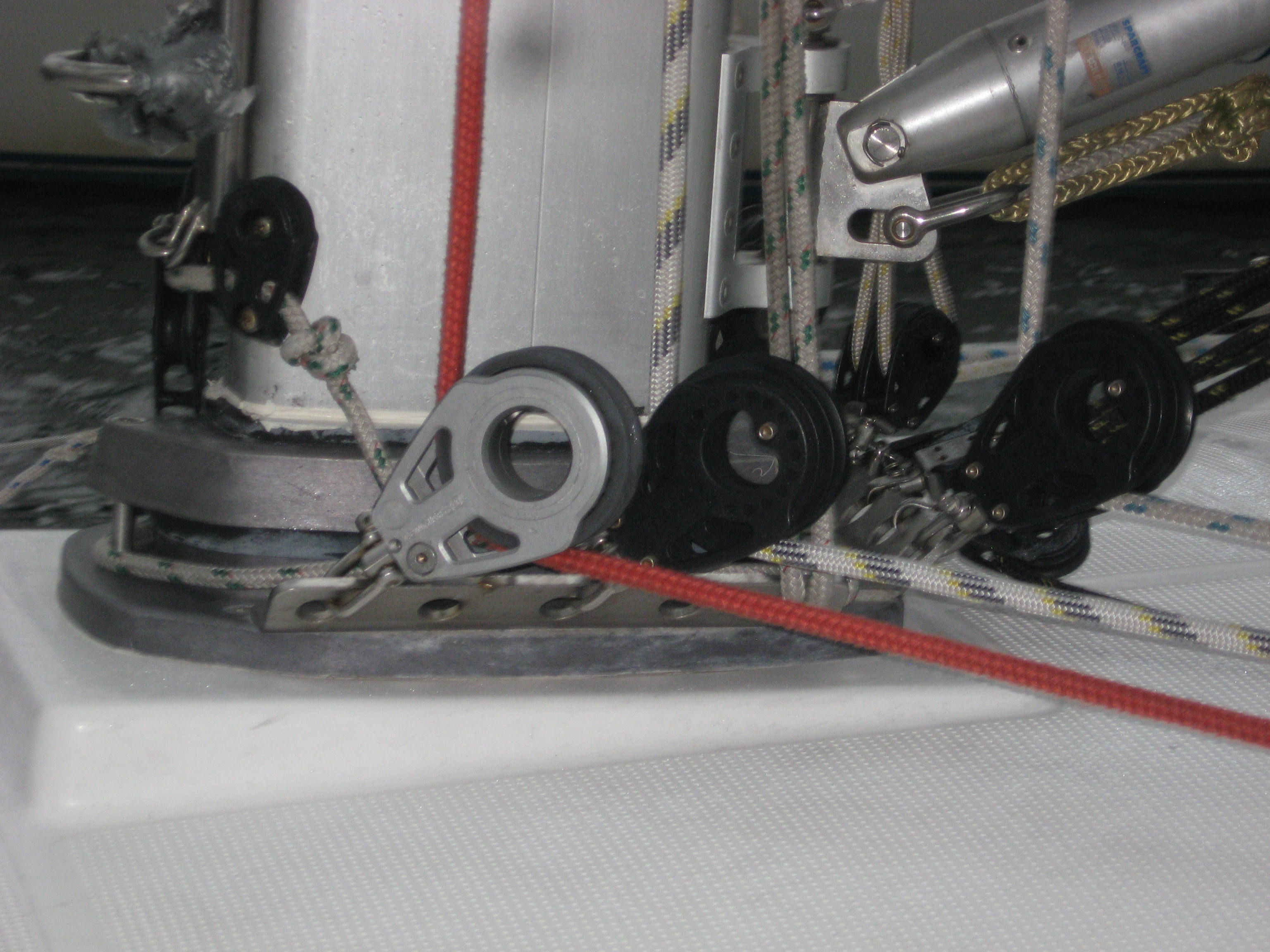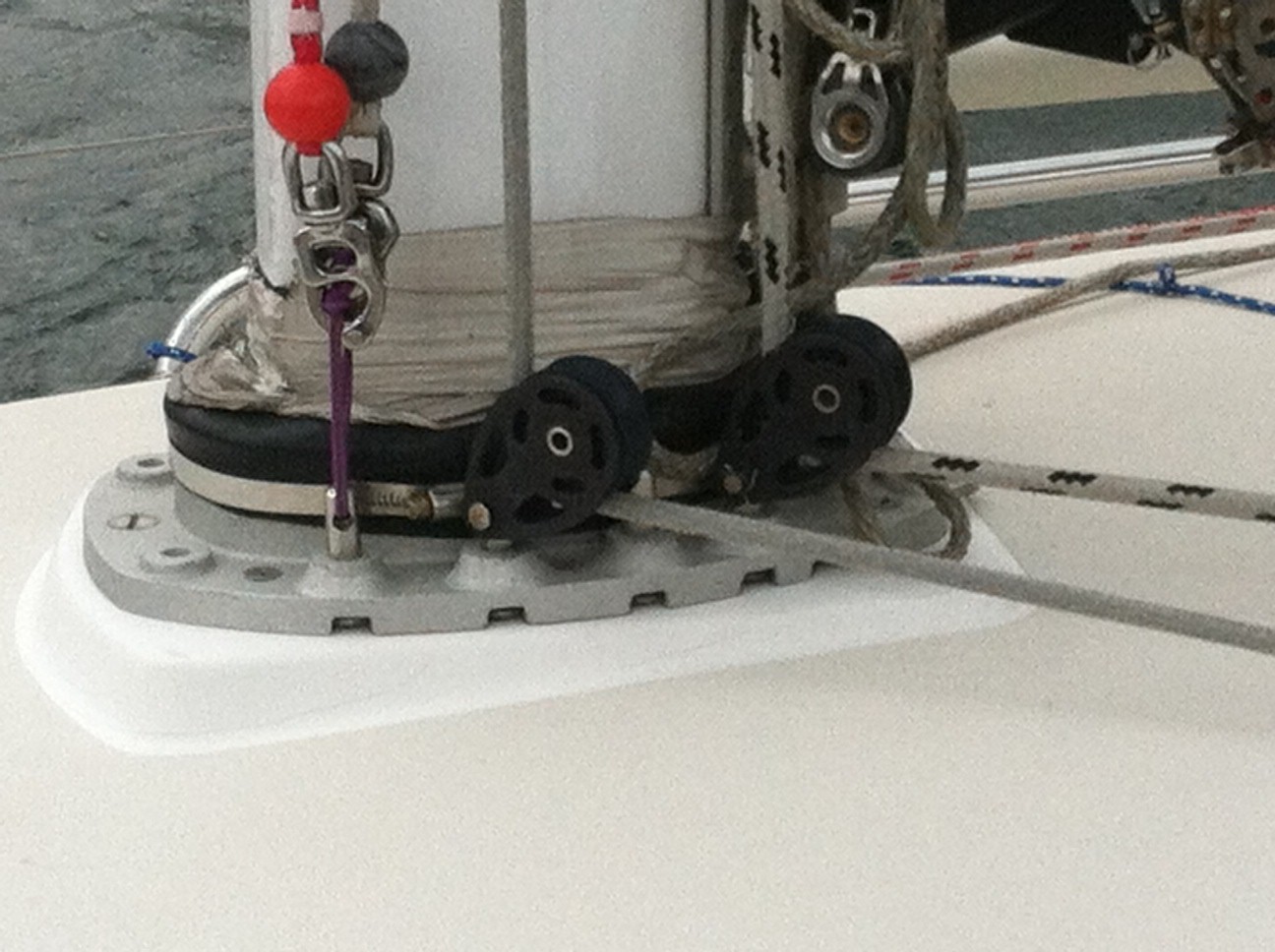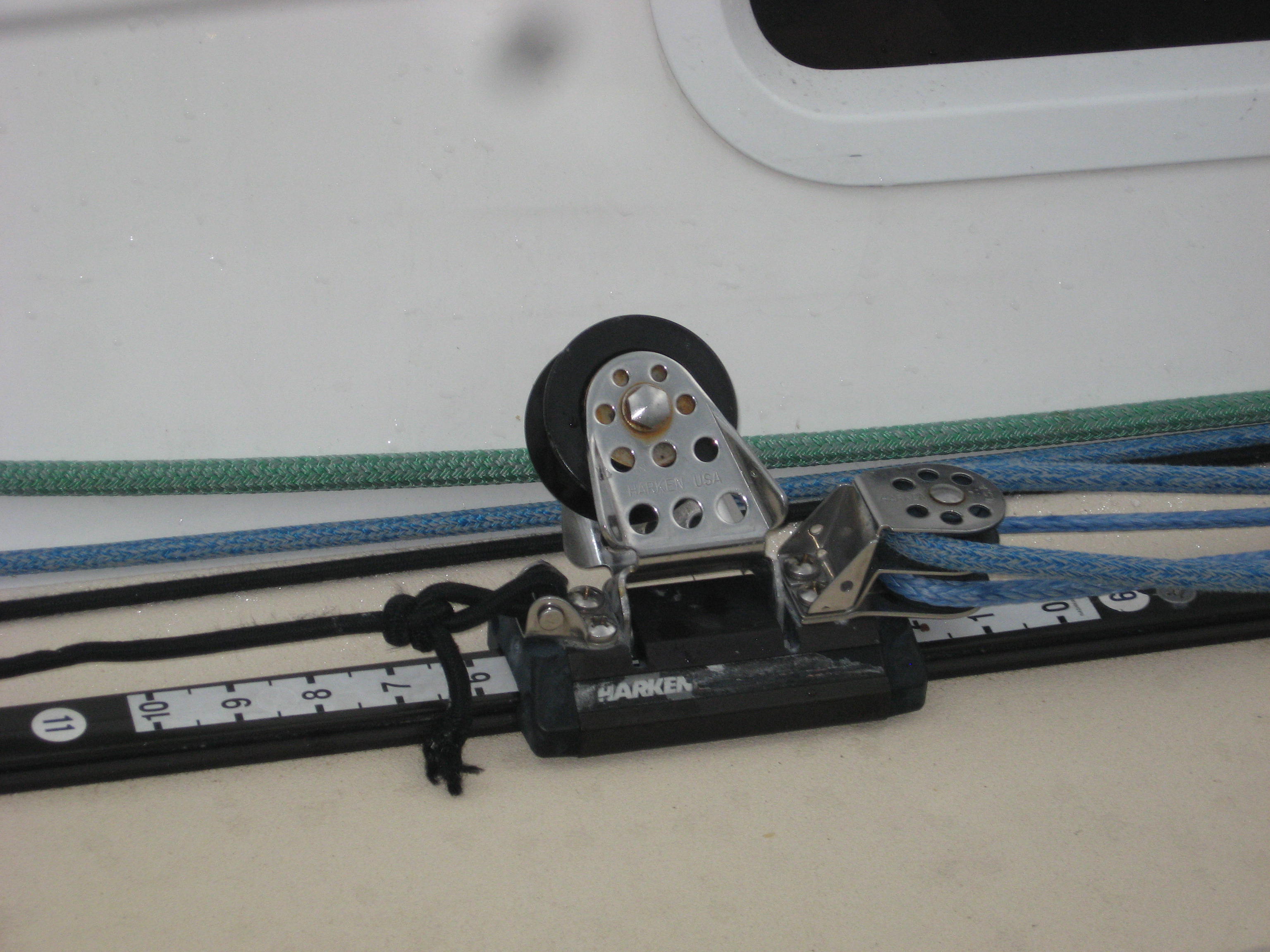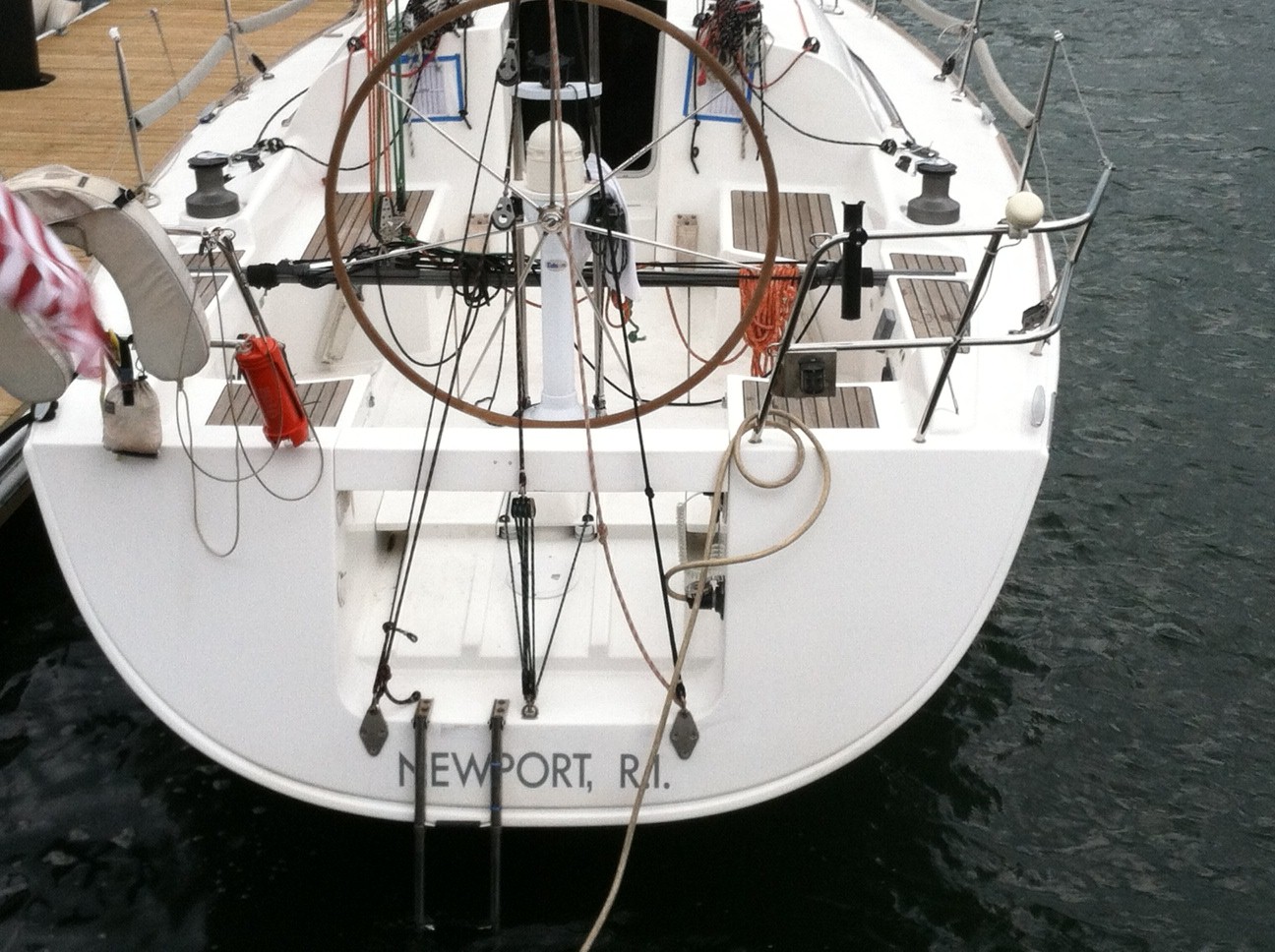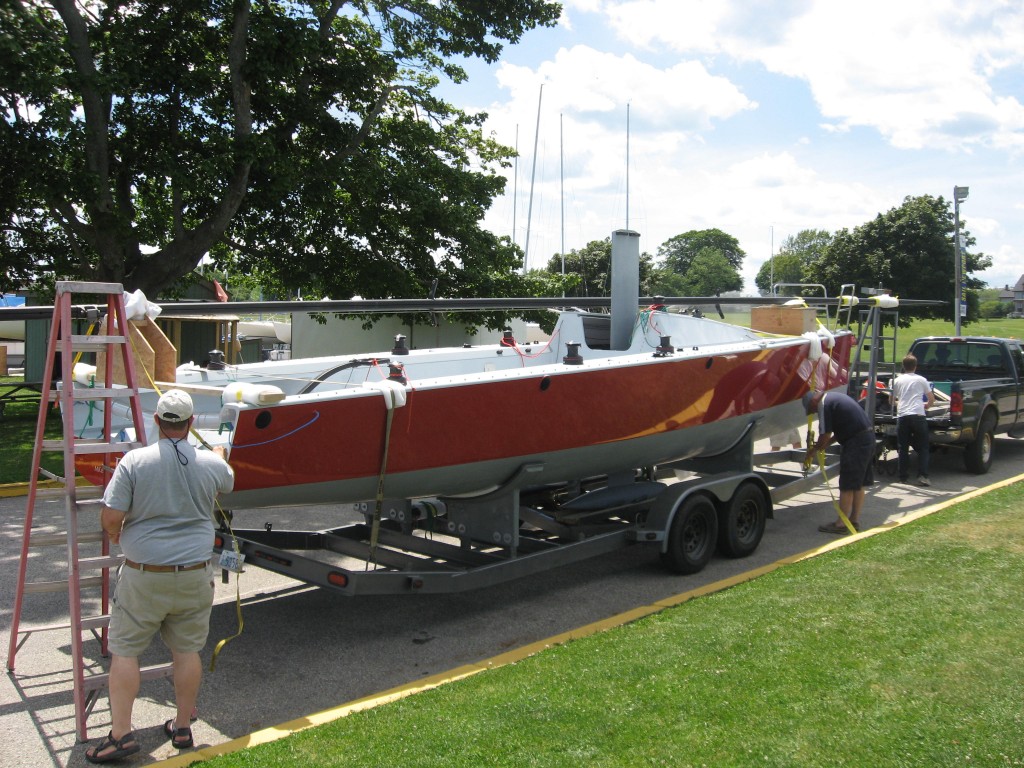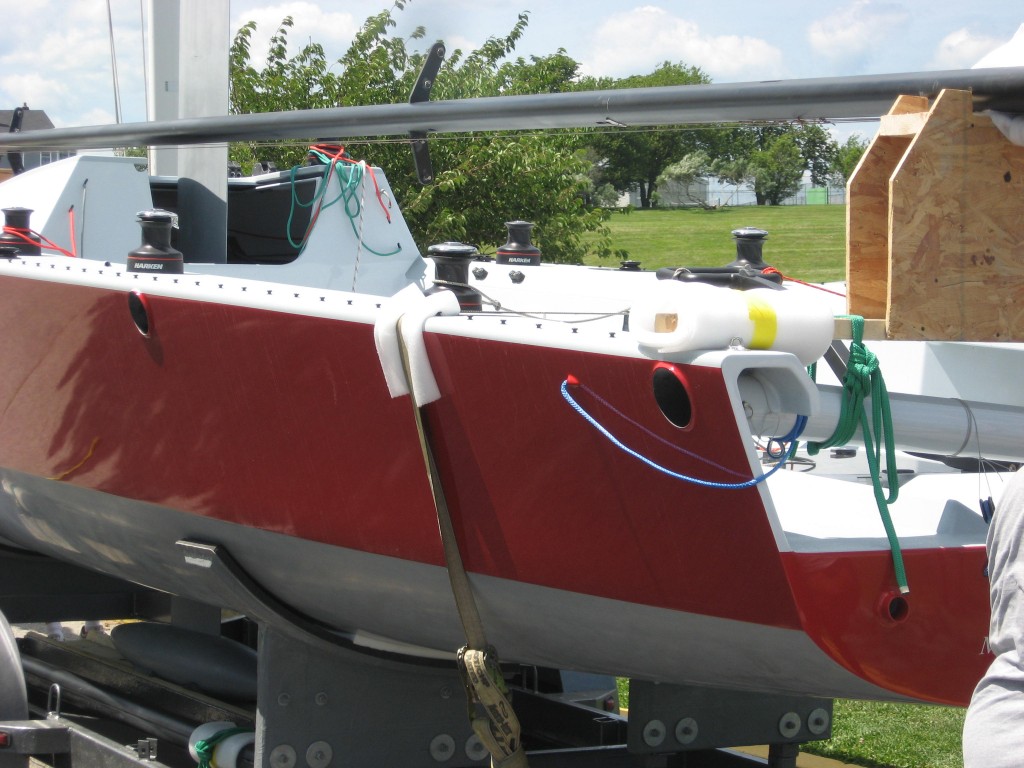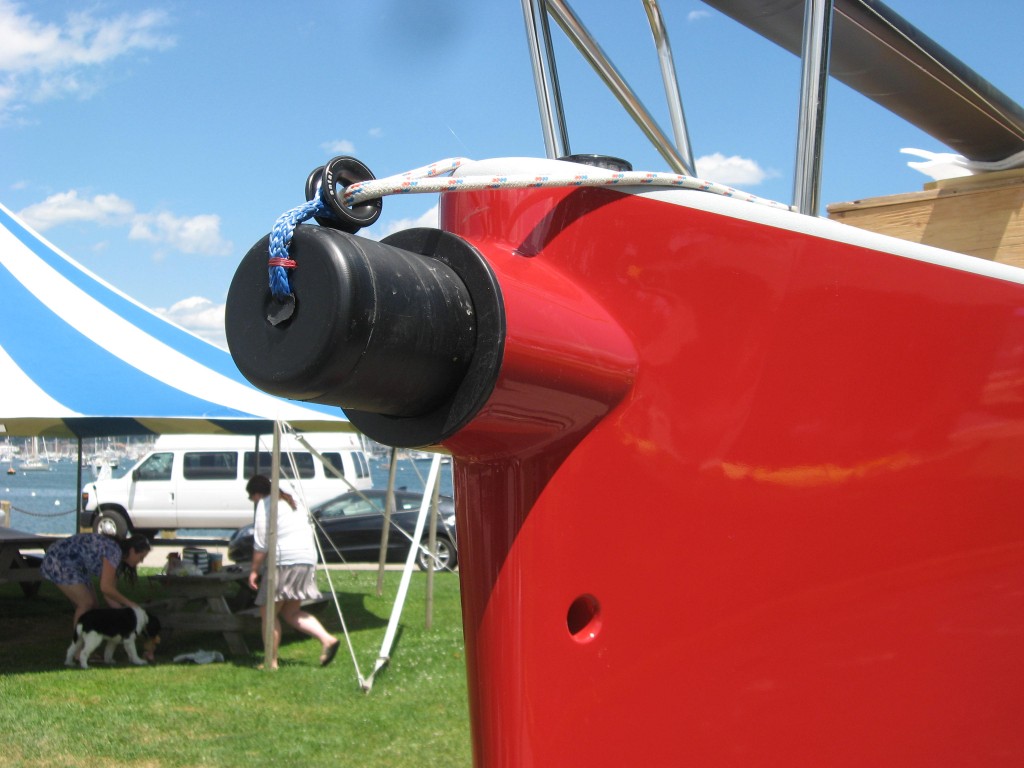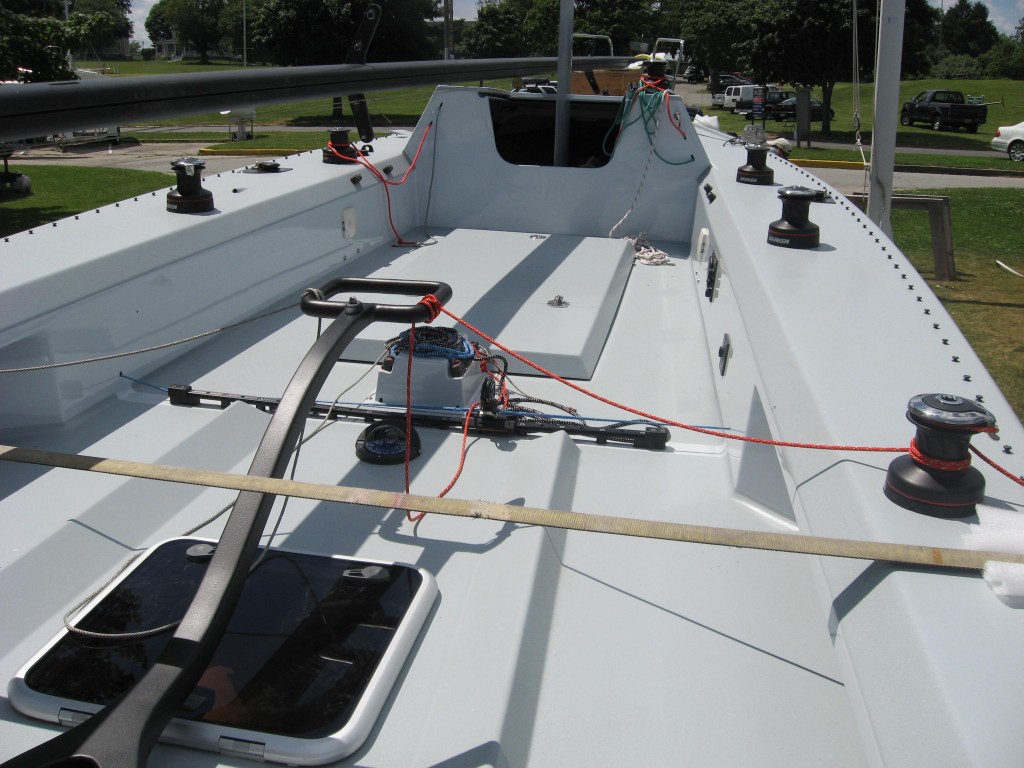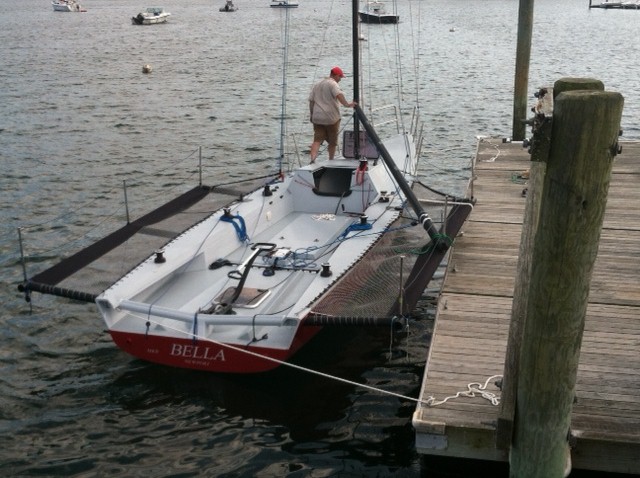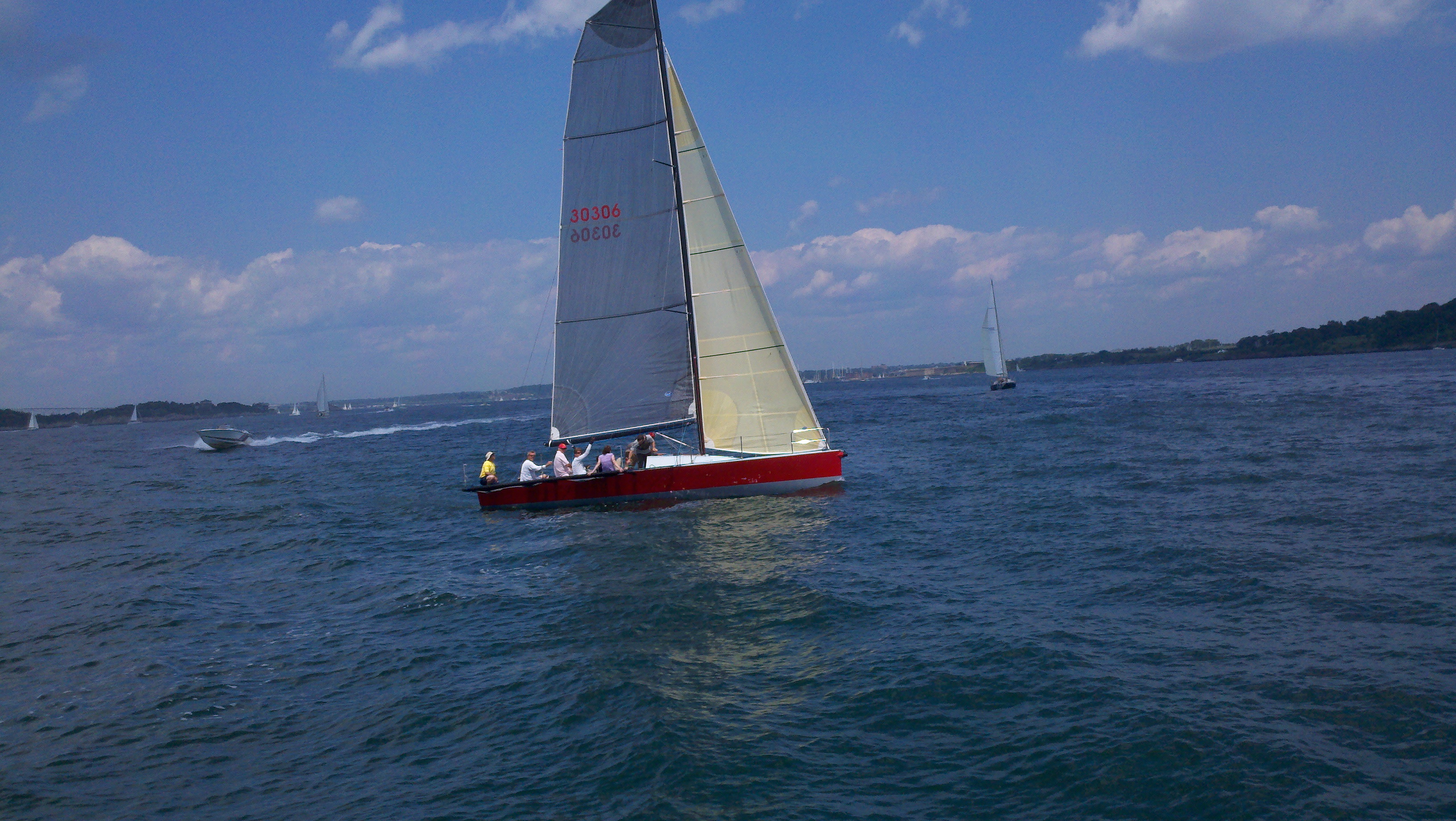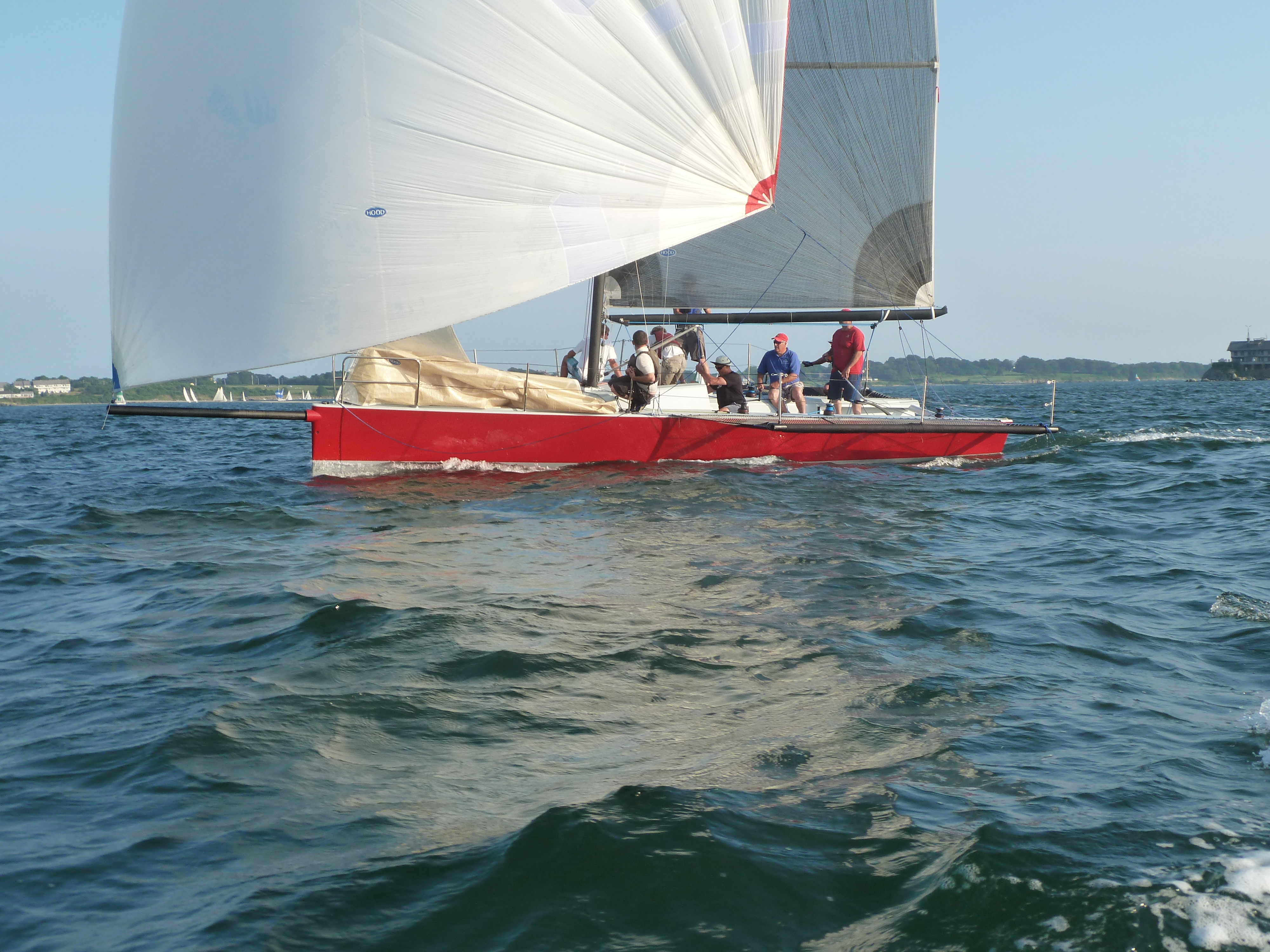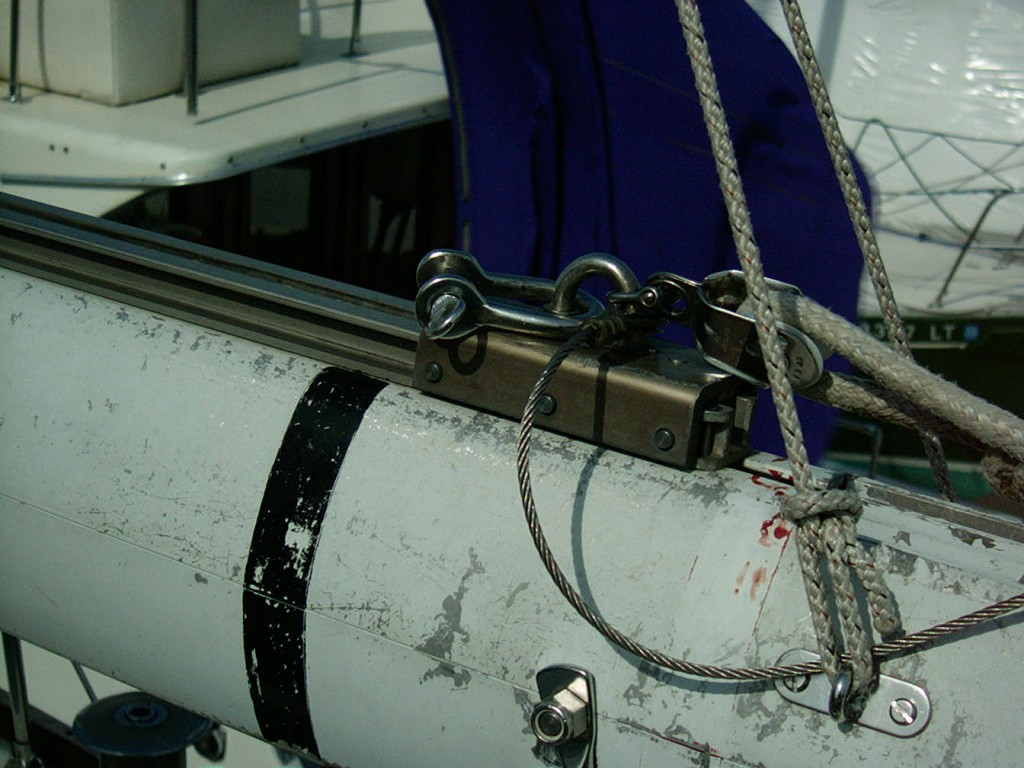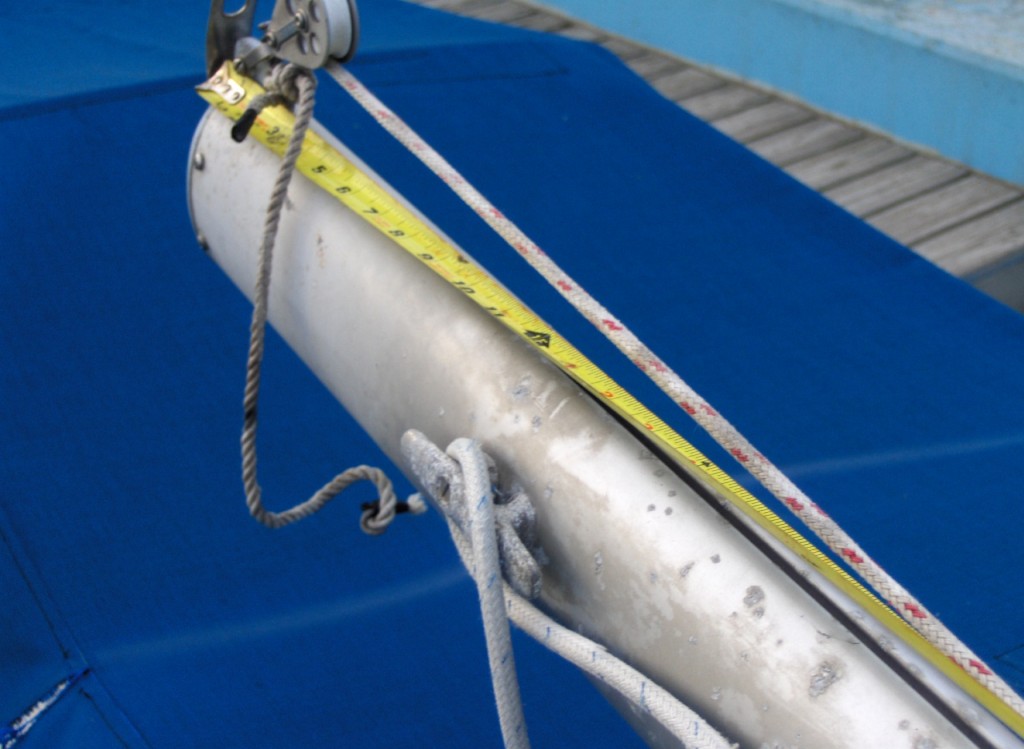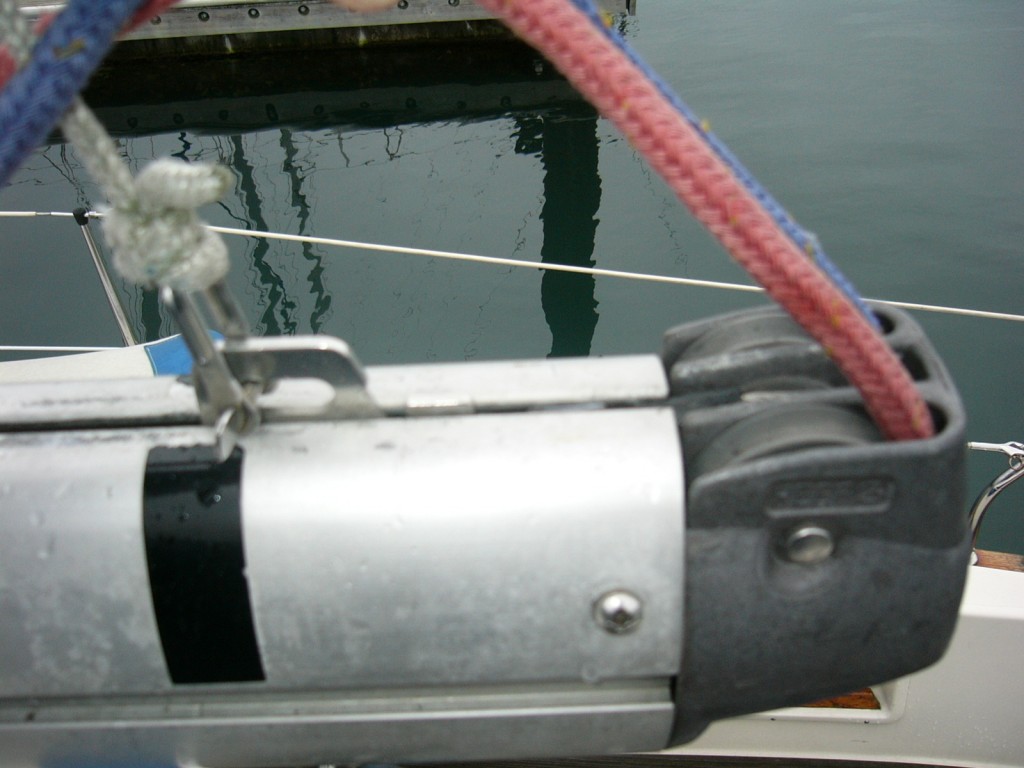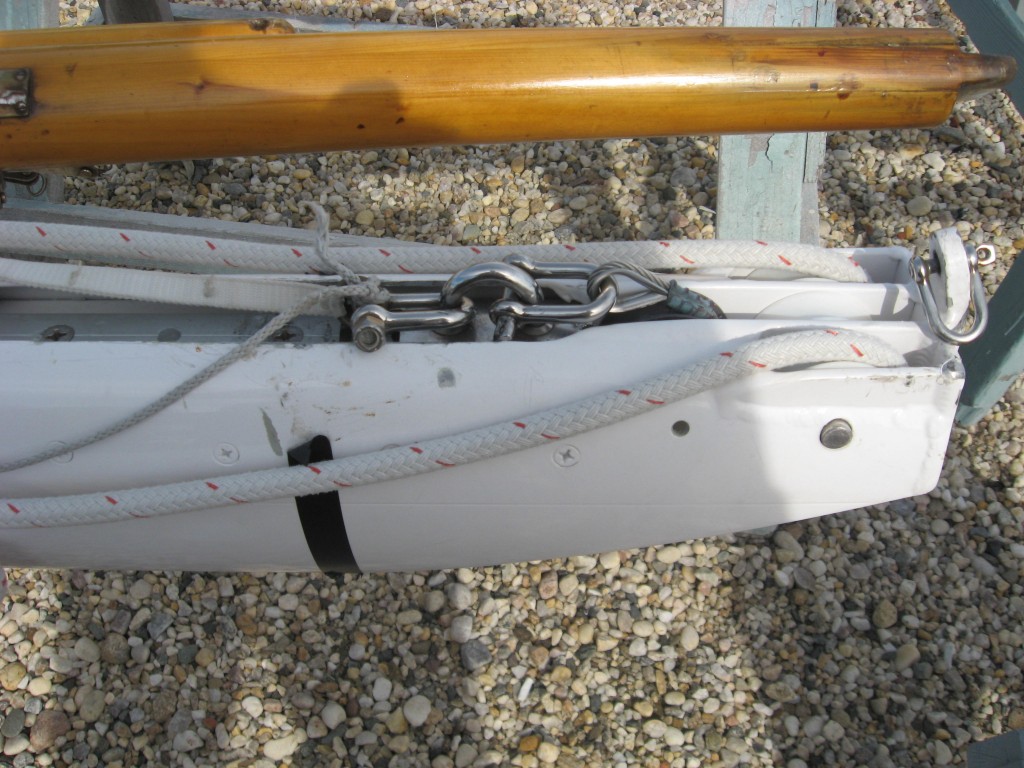Next time you are out sailing in your Wednesday beer can race, try this exercise. Do a head count of how many young sailors (read High School) you see: on your boat and on the competition. Chances are it might look like this: a couple of youngsters sitting in the back more or less watching with perhaps the owner’s son on the bow….Who is doing the mast, sewer, trimming, mainsheet, navigating? Steering even…..Probably not a 15 year old. For those of us who pay attention to these things there is a dearth of young sailors present on yachts. Nick Hayes’ book and the related stories not withstanding this situation is common across the country. It is undergoing a widespread and increasingly rapid change though.
Living next to Newport RI I have been involved the past couple of years with a variety of activities of greater or lesser formality that focus on introducing high school sailors to the art, science, adventure, seamanship and the rest of the related skills necessary to be competent around a big boat.
The baseline assumption is that guys of my age, late 50’s that grew up hanging around big boats and sailing on same with their dads, or their dad’s mates, and so absorbed “Seamanship” at an early age, are a declining cohort of sailors. This kind of experience exists for far fewer kids these days for all sorts of societal reasons I will ignore in this story. In my own case I fortunately had several mentors in my youth and by age 18 I appeared sufficiently competent to the skipper of a half-tonner to be invited to sail with him in the Hobart race. An adventure I can still recall in full Panavision and Technicolor, including being scared to death for about 20 minutes the first time I saw 60 knots of wind and 25 foot cresting seas in Bass Straight despite having to take my trick steering, but then feeling ecstatic and proud to find we had placed third overall & won our class.
When I took on the role of High School sailing coach when our son entered High School one thing that puzzled me was that, for our school at any rate, H.S. sailing lasts about 10 weeks-Mid March to Memorial Day, and then stops. This struck me as a supreme waste of resources and energy because the kids and parents are seriously invested in dry suits, and related gear and they sail 3-5 afternoons a week sometimes up to half a dozen races. Then it just turns off, like a light switch. In the summer following my first year coaching I made it a point to keep in touch with my team members and their parents, sending emails to them regarding appropriate sailing schools and programs to buff up their skills, interesting regattas and other events to keep sailing in the forefront for longer than 10 weeks. In the summer of 2010 I was involved in either the creation organizing and/or promotion of the following three events.
Storm Trysail Club Junior Safety at sea Seminars:
15 years ago Rich DuMoulin, a prominent Long Is Sound sailor developed the idea of a one day seminar to train juniors in the basic skills necessary for safe handling and crewing on a “Big Boat”. This seminar is mandatory for all crew in the Beach Point Overnight an overnight race on the Sound on big boats comprising an all teen crew with one adult owner’s rep. and a club program instructor. The Jr.SAS emphasis on hands on activity including many more MOB drills than any adult crew has contributed to one documented lifesaving event and the awarding of a Hansen Medal to the Larchmont Junior crew for recovering a 14 year old who went overboard.
The Jr. SAS is a one day program starts with a morning of instruction on what to think about on a bigger boat: What to look for about deck layouts, halyards, reefing arrangements, how to operate a winch, load and unload lines, deal with the handle and so on. A personal and up close inspection of the interior, the equipment, hardware layout, MOB protocols and drills, E.P.I.R.B’s, correct VHF use, reefing, heaving too and related seamanship skills. The afternoon is a dedicated practice of the morning’s instruction including MOB drills reefing, sail changing and boat handling. This is accomplished aboard boats supplied by willing volunteer owners in the region. There is also a session with a life raft, flares and for the 2011 Newport seminar the local USCG station, Caste Hill, made a 45 footer available and discussed the Coast Guard role in SAR and related activities with the 30 participants. The final event of the day is a speaker, typically someone with pretty salty boots, discussing their experiences in the field.
As of this writing, late July ‘12, there are seven Junior Safety at Sea seminars this summer spread between Annapolis and Boston. I was an instructor at one in Larchmont last week in rain and 20 kts. of easterly and there were pushing 200 kids present
The original seminar held at Larchmont Yacht Club has become the default program for such training, has recently partnered with U.S.S.A. to promote the seminars around the country and today has instructed over 4,000 junior sailors in these vital skills. Other events in the same genre include:
• STC has allowed IRC and PHRF boats to carry one (or if the boat is over 45’ LOA two)”free” junior, under 14, with no impact on head count, weight or rating at the STC produced Block Island Week.
• The Stamford YC Vineyard Race and STC Block Island Race now also have a trophy for youth crewed boats, based on the Ida Lewis Distance race initiative (see below)
• Junior Safety at Sea Seminars are now held in Annapolis, Raritan NJ, Larchmont, Shelter Is., Stonington, Newport RI. & Boston.
• American Yacht Club allows the addition of one crew up to 14 years old in a boat’s roster in their fall regatta with NO (handicap) penalty for head count or weight.
Separately but in a related vein-Getting young sailors experience in “Big Boats” -the Storm Trysail Foundation and Club last October hosted the Intercollegiate Offshore Regatta, perhaps the 6th such event hosted by the Foundation and the Club. This event attracted 47 teams from 39 colleges across the US and Canada.
Ida Lewis Distance Race:
Here in Newport the Ida Lewis Distance Race introduced in the Youth Club Challenge Class for the 2010 distance race. The idea was to offer a class that encouraged the mustering of a high school crew so as to generate a body of young sailors with overnight yacht sailing/racing/seamanship experience. The basic parameters for entry were: PHRF ratings & more than 50% of the crew to be between 14-19 years of age. The balance of the crew to be made up of adults with the instructions (although not incorporated in any formal race documentation) that the kids do the work and the adults mentor. The boats sailed the 150 mile course zigging and zagging around Block Island sound with the longest leg being perhaps 30 miles, so basically an overnight passage, with lots of navigation and sail handling.
In the 2011 edition of the event, one 70 footer, “Gracie”, took 12 juniors for the race. Each adult had 3 juniors under their care and the juniors basically ran the boat with the adults watching. One young lady who left her call to Gracie too late ended up as the lone junior on a 4 man crew aboard the Class 40 Toothface and was still glowing 3 days later when I interviewed her.
Sail for Hope:
The third regatta was the Sail for Hope regatta, a regular fixture on the NBYA calendar since the first event was held in the wake of the 9/11 attacks. For the 2010 edition of this 20 mile race around Jamestown Island I gathered 12 of my high school sailing team members and loaded them aboard the N-M/Cookson 80 footer Falcon 2000. With a dozen high school sailors and half a dozen adults in the leadership roles in each part of the boat, again the kids were instructed in the tasks for each position and the adults supervised.
By the end of this race most of the kids had performed in at least a couple of positions and anyone who wanted to, had the opportunity to steer.
This series of Big Boat training was repeated in Newport in 2011 with the addition of an extra opportunity. Several of the Falcon Crew from 2011 expressed interest in doing more big boat sailing so I emailed a collection of the sailors I knew locally and offered to provide a youth sailor for the crew if they would accept the responsibility of mentoring them. Several on the locals stepped up to the plate and I was able to place 3-4 of the high school kids on local boats.
Behind the scenes, the management at the Storm Trysail Club and its Foundation is moving forward on several fronts including developing a simple-to-duplicate program to make it easy for other yacht clubs to host Junior Safety at Sea seminars in their local regions.
Mentoring of junior sailors need not only happen in a racing environment. In fact it is possible that a superior experience may come from more low key activities. Deliveries are a great way to get to do a bit of everything and there is often more time for instruction and mentoring than in the heat of a race which of course we all want to win. In fact I posted here on a delivery I did with several of “my” Prout Kids a few weeks ago. The following week we were treated to a day sail on another J boat, the performance 30 footer J-92s owned by another local who shares the idea of coaching and mentoring kids for big boats. We sailed around the America’s Cup cats on their moorings and then over to Newport Shipyard to have a look at the 70 foot MOD trimarians preparing to race transatlantic. The kids were stoked, to borrow a surfing term. We went on to sail up the bay set a kite and sail back, with everyone getting a chance to steer and trim.
One of the great gripes one hears around the bar after a race is the difficulty of finding reliable competent crew with which to man ones club racer. If such sailors were to cast their eyes about and offer to take some of the juniors out, the son of a crew member, kids from the local High School sailing team community sailing program, then they would have a hand in solving the problem they are discussing. They are likely to give the kids a huge experience that, in my case had a life changing impact on them. The kids might even have the skills to get on a boat for the Bermuda Race and be scared to death for 20 minutes as the boat enters the Gulfstream.

